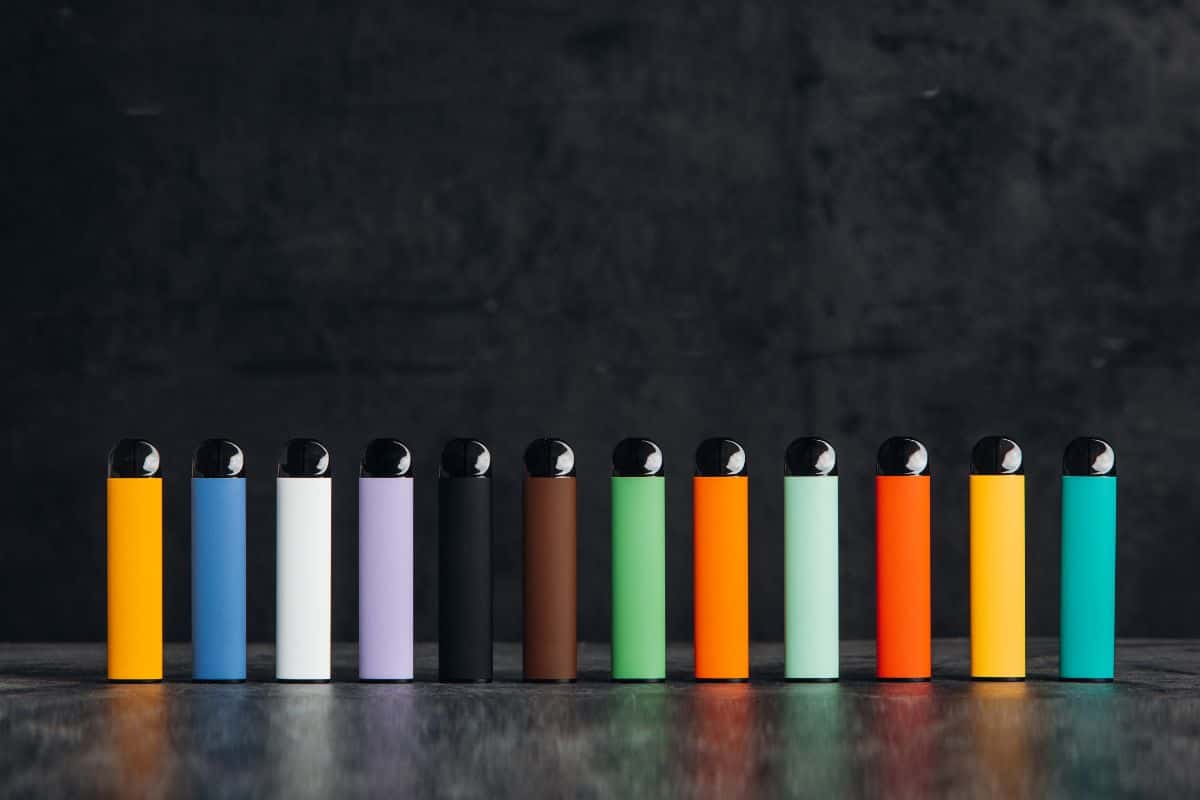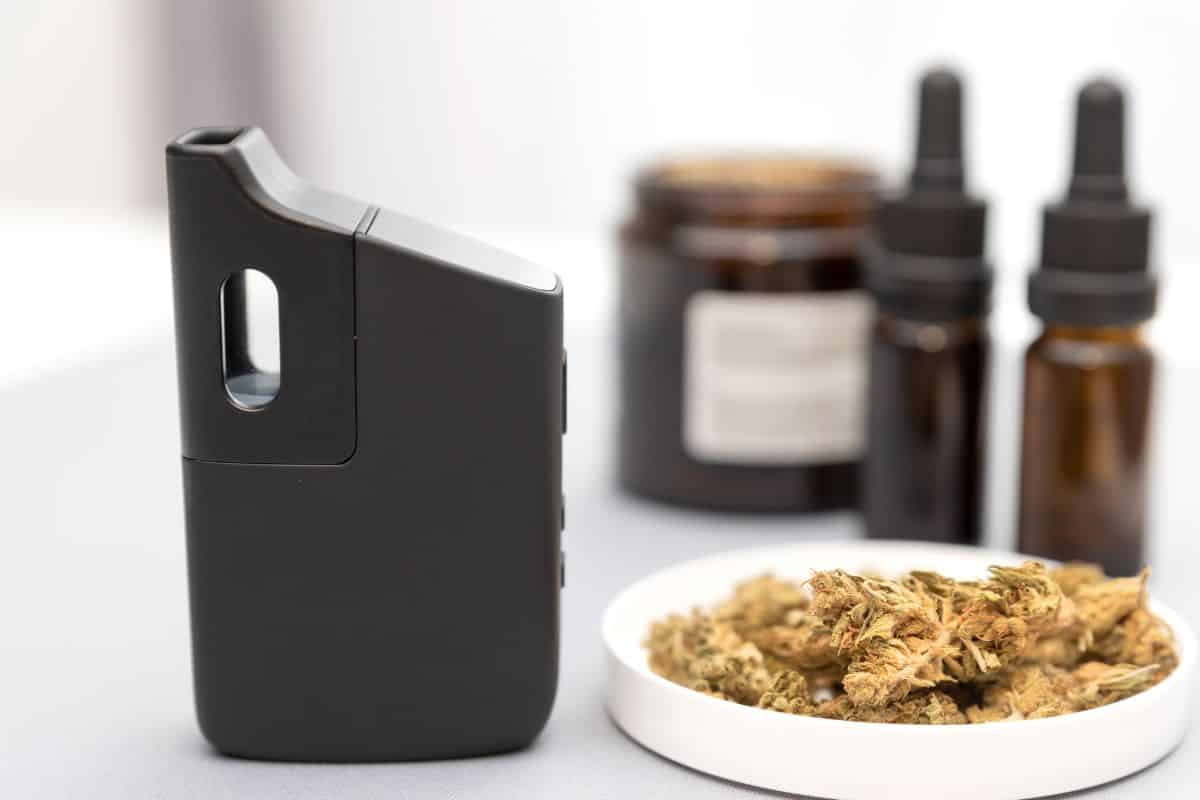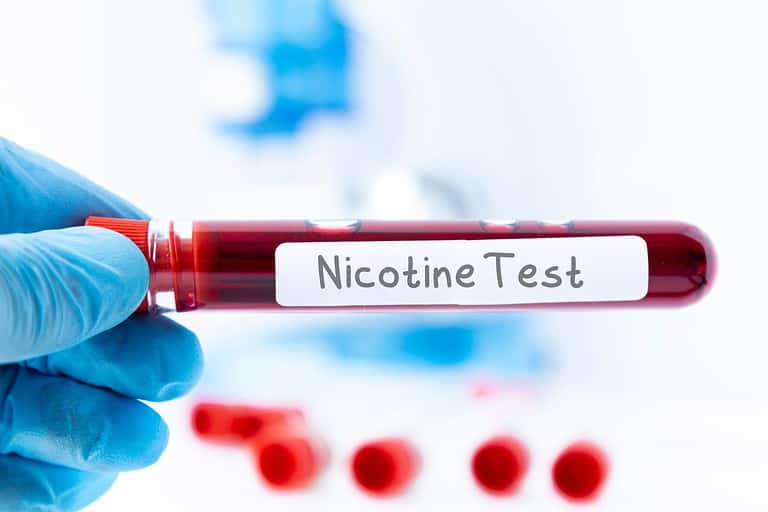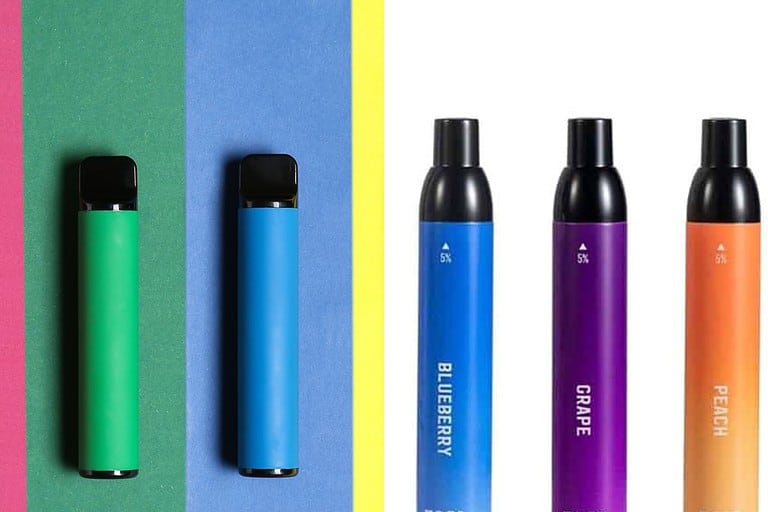Vaporizer Basics: A Comprehensive Guide for Beginners
Vaporizers have gained popularity in recent years as a versatile and convenient method for consuming various substances, including nicotine and marijuana. They work by heating a liquid or solid material to a specific temperature, creating a vapor that users inhale. This provides a smoother and potentially less harmful alternative to traditional smoking methods, making vaping an attractive option for those looking to enhance their experience while minimizing some of the known risks associated with combustion.
Understanding the basics of vaporizers is essential for both new and experienced users to ensure a satisfying and safe experience. There are various types of vaporizers available on the market, each with its unique features and functionalities. These devices range from simple, portable pen-style vaporizers to more advanced, desktop units with precise temperature control and customization options. Regardless of the specific model, the goal of a vaporizer remains the same: to create a vapor that can be inhaled, delivering the desired effects to the user.
As the vaping industry continues to evolve and expand, so do the available products and technologies. By understanding the fundamental principles of vaporizers, users can make informed decisions when selecting a device that best suits their needs and preferences.
Table of Contents
Vaporizer Types
Portable Vapes
Portable vaporizers are handheld devices designed for on-the-go vaping. They are typically compact, easy to use, and can be recharged for multiple uses. These vapes come in a variety of styles and sizes, making them perfect for those who need a discreet and convenient way to vape – whether it be herbal materials, concentrates, or e-juices. Rechargeable vapes are a popular type of portable vaporizers, offering both convenience and affordability.
NEW CUSTOMER DISCOUNT
Save 15%
15% OFF YOUR ENTIRE ORDER FOR NEW CUSTOMERS USE CODE WELCOME15!

Desktop Vaporizers
Desktop vaporizers are larger, stationary devices that offer superior performance compared to their portable counterparts. These vaporizers are designed for home use and usually provide more temperature control, more efficient vaporization, and a better overall vaping experience. Desktop vaporizers are ideal for individuals who want the highest quality vapor and are less concerned about portability.
Whip-Style Vaporizers
Whip-style vaporizers incorporate a silicone or plastic “whip” that connects the heating chamber to the mouthpiece. Users draw vapor through the whip, allowing it to cool before inhalation. Whip-style desktop vaporizers offer a more traditional, hands-on experience and usually include temperature control options for customized vaping sessions.
Vape Pens
Vape pens are the smallest and most discrete type of portable vaporizers. They are designed to look like pens or small electronic devices, making them perfect for users who value convenience and stealth. Vape pens can be used with various types of materials, including e-liquid, concentrates, and dry herbs depending on the specific model. These devices typically use a rechargeable lithium-ion battery, and many come with adjustable voltage settings to customize the vaping experience.
E-Cigarettes
E-cigarettes, or electronic cigarettes, are devices that vaporize liquid nicotine, also known as e-juice. They usually consist of a battery, an atomizer, and a cartridge filled with e-liquid. E-cigarettes are designed to mimic the feel and experience of smoking traditional cigarettes and are commonly used as a smoking cessation tool. Disposable vapes are a popular subcategory of e-cigarettes, offering users a convenient, low-cost way to try vaping without committing to a more expensive device.
Vaporizer Components
Mouthpieces
The mouthpiece is a crucial component of a vaporizer, as it is the part that comes in direct contact with the user’s mouth. It allows the user to inhale the vaporized material while maintaining a comfortable and tight seal. Mouthpieces come in various designs, materials, and can be detachable or fixed, depending on the vaporizer’s design.
Batteries
Vaporizers require a power source to heat the materials, and batteries serve this purpose in portable devices. Battery life is an essential consideration for users, as it determines the device’s longevity and usability. One of the common battery types used in vaporizers is the 510 battery. These batteries typically have varying lifespans, depending on usage and maintenance. To understand more about the average lifespan of 510 batteries, it’s crucial to research and make informed decisions for your vaping needs.
Heating Chambers
Heating chambers are the components responsible for converting the material into vapor. These chambers typically use either conduction or convection methods to heat the material. Conduction heating chambers involve direct contact between the material and the heating element, while convection chambers heat the material through hot air circulation. The choice of heating method generally depends on the user’s preference, as it can affect vapor production and flavor.
Coils
Coils play an essential role in vaporizer functioning, as they heat up the material to produce vapor. Coils are made from various materials, such as Kanthal, stainless steel, and ceramic. Each material has its unique properties, offering different benefits like durability, consistency, and flavor production. It’s crucial to clean and maintain the coils regularly, as debris buildup can negatively impact the performance, taste, and lifespan of the device.
Atomizers
Atomizers are vital components in vaporizers that turn the material into vapor. They are commonly found in e-liquid vaporizers and include a coil, a wick, and a container to hold the material. Atomizers can vary in design, with some devices using a cartomizer, clearomizer, or dripping atomizers, depending on user preferences and material choice. It’s essential to understand the differences between these types, as they can affect factors like vapor production, flavor, and overall vaping experience.
Heating Methods
When discussing vaporizer basics, it is essential to understand the two primary heating methods utilized in these devices: conduction and convection. Each type offers unique advantages and has its own set of considerations.
Conduction Heating
Conduction heating involves the direct transfer of heat from the device to the materials being vaporized. In this method, the heating element and the material are in physical contact, often resulting in a faster heating process. This can be ideal for individuals looking for a quicker vaping experience, as it allows the user to start inhaling vapor almost immediately after activating the heating element.
However, conduction heating can come with some drawbacks, such as the potential for uneven heating or combustion if the device is not stirred or shaken periodically. This can lead to a less consistent vape experience and may require more frequent maintenance.
Convective Heating
Convective heating, on the other hand, utilizes hot air to heat the materials indirectly. The heating element heats the surrounding air, which then circulates through the device and evenly distributes heat to the material. This method provides a more consistent temperature and helps avoid combustion, which can occur in conduction heating methods.
With dab pens and carts, convective heating is particularly popular as it can provide a smoother and more flavorful vaping experience. However, the warm-up time can be a bit longer compared to conduction heating, which may be less appealing to users seeking an immediate vaping experience.
In conclusion, both conduction and convective heating methods have their own advantages and drawbacks. Deciding on the best heating method often comes down to personal preference and the type of vaping experience you desire.
Temperature Control
Adjustable Temperature
Vaporizers with adjustable temperature offer users the ability to customize their vaping experience. Temperature control is essential for optimizing the release of different compounds found in various herbs. By varying the temperature, the rate of extraction and vaporization can be controlled, providing an enhanced experience and better flavor. Some vaporizers come with preset temperature settings, while others allow for fine-tuning.
Temperature Settings
It is crucial to understand the temperature settings of a vaporizer as they directly impact the vapor quality and flavor. Different herbs and concentrates require different temperature settings to efficiently extract the active compounds. Here are some general guidelines for common temperature ranges:
- Low Temperature (315-350°F): For flavor and smooth vapor.
- Medium Temperature (350-400°F): A balance of flavor and vapor density.
- High Temperature (400-445°F): For maximum vapor density and potency.
Keep in mind these are estimates and the ideal temperature depends on personal preference as well as the specific herb or concentrate.
Precise Temperature Control
For those who seek a more customized experience, precise temperature control is vital. Vaporizers with precise temperature control allow users to select the exact temperature they prefer. This feature can enhance the vaping experience by improving flavor, vapor density, and the overall effect of the active compounds. By using a vaporizer with precise temperature control, users can modify the settings to fit their specific preferences, ensuring a consistent and tailored experience.
Preparing and Loading
Grinding Herbs and Concentrates
Before loading your vaporizer, it’s crucial to properly prepare your herbs or concentrates. For dry herbs, such as cannabis, use a grinder to break them down into a fine consistency. This step is important because it:
- Allows for even heat distribution
- Improves the efficiency of the vaporization process
- Enhances the flavor and aroma
To grind your herbs:
- Start by removing any stems and seeds from the cannabis.
- Place a small amount into the grinder.
- Twist the grinder back and forth until the herbs are finely ground.
For concentrates, such as wax or shatter, use a dab tool to separate a small portion from the main piece. This will help prevent overloading the vaporizer and ensure optimal performance.
Loading the Vaporizer
After preparing your herbs or concentrates, it’s time to load them into the vaporizer. Follow these steps:
- Open the heating chamber or concentrate attachment.
- Carefully place the ground herbs or concentrate into the chamber. For herbs, be sure not to overpack the chamber, as this may impede airflow and negatively impact vapor quality. For concentrates, maintain a small amount to avoid overloading and potential damage to the vaporizer.
- Close the chamber or attachment, ensuring a secure fit.
Now your vaporizer is ready for use. Remember to always start with a lower temperature setting and gradually increase to find your preferred heat level for the best vaping experience. With regular use, clean the vaporizer to maintain optimal performance and hygienic conditions. Confidently enjoy your vaporizer, knowing that you’ve prepared and loaded it properly for a consistently pleasant experience.
Vaping Techniques
Inhaling Techniques
When vaping, there are two main inhaling techniques: mouth-to-lung (MTL) and direct-to-lung (DTL).
- Mouth-to-lung (MTL) is similar to the way you would inhale a cigarette. You draw the vapor into your mouth before inhaling it into your lungs. This technique is suitable for those using lower powered devices and higher nicotine e-liquids.
- Direct-to-lung (DTL) involves inhaling vapor directly into your lungs, bypassing the mouth. This method is more common among experienced vapers using sub-ohm devices and lower nicotine e-liquids.
Drawing Techniques
When it comes to drawing vapor from your device, there are a few key aspects to consider:
- Draw Speed: The speed at which you draw vapor from your device can impact the overall experience. A slower draw allows for more flavorful vapor, while a faster draw can result in a stronger throat hit.
- Draw Duration: Your draw’s length can also influence your vaping experience. Short, quick puffs are ideal for mouth-to-lung vapers, while longer, sustained draws are more appropriate for direct-to-lung vaping.
- Mouthpiece Position: Ensure a secure and comfortable seal between your lips and the mouthpiece. This will help prevent any leakage and allows you to adjust your draw by partially covering the airflow holes if needed.
Controlling Airflow
Airflow is an essential aspect of vaping, as it can significantly affect the overall experience. Most devices now come with adjustable airflow systems, allowing users to customize their vaping experience. Here are a few points to consider when adjusting your airflow:
- Tighter Airflow: More restrictive, resulting in a stronger throat hit, which may be more suitable for mouth-to-lung vapers looking for a similar experience to smoking.
- Looser Airflow: Allows for larger clouds of vapor and smoother hits, generally preferred by direct-to-lung vapers.
- Finding Your Preference: Experiment with different airflow settings, as this can vary depending on your device, coil resistance, and e-liquid composition.
By understanding these vaping techniques, you can optimize your experience and enjoy your device to its full potential. Remember to always use the appropriate nicotine e-liquid for your desired technique and adjust your device settings accordingly.
Vaporizer Maintenance
Cleaning the Vaporizer
Cleaning your vaporizer regularly is essential to ensure it performs optimally and maintains a long lifespan. It also helps to keep the device free from debris which can affect the quality of the vapor. One way to safeguard your vaporizer from dirt and damage is by using a VAPECLUTCH Vape Case that keeps your vape clean, hidden, and last longer.
When cleaning your vaporizer, always make sure to disassemble it properly and use a soft cloth or a brush to gently remove any residue from the different components. Pay close attention to the heating chamber, mouthpiece, and any screens, filters, or coils.
Charging the Vaporizer
Proper charging of your vaporizer is a critical aspect of maintenance. It helps improve battery life and ensure that your device functions optimally. When choosing a vaporizer, it’s essential to consider the type of battery it uses. Many vaporizers use 18650 batteries or other rechargeable batteries, which offer better performance and extended battery life.
To keep your vaporizer charged and ready for use, follow these guidelines:
- Always use the correct charger, preferably one provided by the manufacturer or specified in the manual.
- Charge your vaporizer in a safe place, away from direct sunlight, heat sources, or flammable materials.
- Keep an eye on the charging process to prevent overcharging, which may damage the battery or even cause a fire.
- When possible, use a dedicated charging case, like the VAPECLUTCH case, which provides a secure and stable environment for charging your device.
- If your vaporizer uses removable batteries, make sure you charge them using a designated charger, and store them safely when not in use.
By following these simple guidelines for cleaning and charging your vaporizer, you can extend the device’s lifespan, maintain its performance, and continue to enjoy a pleasant vaping experience.
Popular Vaporizer Models
DaVinci Miqro
The DaVinci Miqro is a compact and portable vaporizer, perfect for users who prefer discretion and portability. This device features a sleek design and offers precise temperature controls, ensuring that you get the perfect vaping experience every time. The Miqro is easy to use, making it an excellent option for beginners or those who want a no-fuss vaping experience.
PAX 3
The PAX 3 is a popular, high-quality vaporizer offering an impressive balance of performance and portability. This device has several temperature settings, allowing users to customize their vaping experience. The PAX 3 also features a sleek design and is made from durable materials, ensuring it can withstand everyday use. The vaporizer is suitable for both dry herb and concentrates, making it versatile and a favorite among many users.
Firefly 2+
The Firefly 2+ is an advanced vaporizer with a unique design that sets it apart from other models. This device uses convection heating to provide a smooth and flavorful vapor, without any harshness. Users can control the temperature using an app on their phone, providing even more customization. The Firefly 2+ is perfect for users who want to experience the full spectrum of flavors from their dry herbs or concentrates.
Solo 2
The Solo 2 by Arizer is a highly regarded portable vaporizer, known for its reliability and performance. With an impressively long battery life and efficient heating system, the Solo 2 ensures a consistent and enjoyable vaping experience. This device is easy to use and maintain, making it a popular choice among both beginners and experienced users. The Solo 2 is designed for use with dry herbs, and its glass vapor path ensures that it delivers pure, flavorful vapor every time.
Each of these vaporizer models offers unique features and benefits, making them popular choices among a variety of users. By understanding their differences, you can select the best device for your needs and preferences.
Health and Safety
Health Risks
Using a vaporizer can potentially reduce some of the health risks associated with smoking. Traditional smoking methods involve combustion, which produces smoke that can be harmful to the lungs. Vaporizers, on the other hand, heat the substances without causing combustion, resulting in a vapor that is less harsh on the lungs. This can help minimize respiratory problems associated with smoking, such as chronic bronchitis and coughing1.
While vaporizers may be less harmful than traditional smoking methods, it is important to remember that inhaling any foreign substance into the lungs carries some risk. Nicotine, a common additive in e-liquids used for vaping, is an addictive substance with potential health risks. Long-term exposure to nicotine can contribute to heart disease and respiratory issues2.
Safety Tips
To ensure that you are using your vaporizer safely, consider the following safety tips:
- Choose a quality vaporizer: Invest in a reliable and well-reviewed vaporizer from a reputable manufacturer. This can help ensure that the device functions properly and consistently, while also reducing the risks of device failure or malfunction3.
- Keep your device clean: Regularly clean your vaporizer according to the manufacturer’s instructions to maintain optimal performance and reduce potential health risks from residue buildup.
- Use appropriate e-liquids: Choose e-liquids and concentrates that are made by reputable manufacturers and are free from harmful additives. Avoid using homemade or untested products in your vaporizer.
- Monitor temperature settings: Be mindful of the temperature settings on your vaporizer, as higher temperatures can potentially release more harmful byproducts. Experiment with lower temperatures to find a balance between flavor and the production of potentially harmful substances.
- Store vaporizers and e-liquids safely: Keep your vaporizer and its accompanying e-liquids stored safely away from children, pets, and extreme temperatures.
By keeping these safety tips in mind, you can more confidently use your vaporizer with reduced health risks.
Browse popular vape collections:
- Nicotine Disposables
- 2000 Puff Nicotine Disposable Vapes
- 2500 Puff Nicotine Disposable Vapes
- 5000 Puff Nicotine Disposable Vapes
- 6000 Puff Disposable Nicotine Vapes
- 7000 Puff Nicotine Disposable Vapes
- Disposable Vape Deals
- Best Vape Brands
- 8000 Puff Nicotine Disposable Vapes
- 9000 Puff Nicotine Disposable Vapes
- 5% Nicotine Disposable Vapes
- Rechargeable Nicotine Disposable Vapes
- Vape Coils
- Dab Wax Pens
- Dab Wax Pen Battery
- Yocan Vapes
- Vape Cases
Frequently Asked Questions
What is the difference between conduction and convection vaporizers?
Conduction vaporizers transfer heat to your cannabis by direct contact with a heated surface, while convection vaporizers heat the air surrounding your cannabis, allowing for a more even distribution of heat. Convection vaporizers typically require more precise temperature control and can be more expensive, but they generally provide a smoother vaping experience.
How do dry herb vaporizers work?
Dry herb vaporizers use either conduction or convection heating to heat the cannabis to a specific temperature. This temperature is lower than the combustion point, which allows the active ingredients (such as cannabinoids and terpenes) to be released in vapor form without creating harmful byproducts of combustion. The vapor is then inhaled through a mouthpiece or chamber, delivering the active ingredients to your lungs for absorption.
What are the benefits of vaporizing flower compared to smoking?
Vaporizing cannabis has several benefits compared to smoking. First, it is considered a healthier option since vaporization releases fewer harmful byproducts and carcinogens than smoking. Second, users typically report better flavor and a smoother experience when vaporizing, as it preserves the terpenes found in the flower. Lastly, vaporizing often provides more efficient extraction of the active ingredients compared to smoking, as it reduces waste due to combustion.
Which vaporizers are recommended for beginners?
When starting out with vaporizing, it’s essential to choose a simple, user-friendly device. Some good options include portable vaporizers like the Pax 3, Arizer Solo II, or the DaVinci IQ2. These devices offer easy-to-use controls, adjustable temperature settings, and a vapor quality suitable for beginners.
Are there any health benefits to using a vaporizer over traditional smoking methods?
Yes, there are health benefits to using a vaporizer compared to traditional smoking methods. As mentioned earlier, vaporizing releases fewer harmful byproducts than smoking, making it a healthier option for cannabis consumption. In addition, vaporizing allows users to enjoy the full flavor profile of their cannabis and can provide a more efficient extraction of active ingredients, leading to a more satisfying experience.
How do you properly clean and maintain a vaporizer?
Proper cleaning and maintenance of your vaporizer are essential for optimum performance and longevity. Each vaporizer may have specific cleaning instructions, but here are some general guidelines:
- Disconnect the vaporizer from its power source and allow it to cool.
- Remove any residue or build-up using a small brush or cleaning tool provided with the device.
- Clean any mouthpieces, screens, or chambers using rubbing alcohol and cotton swabs. Rinse with warm water and let them air dry before reassembling.
- Wipe down the exterior of the device with a damp cloth, avoiding any electronic components or openings.
- Charge the device according to the manufacturer’s instructions, and store it in a cool, dry place when not in use.
Footnotes







